The explosive real story behind 'Blonde'
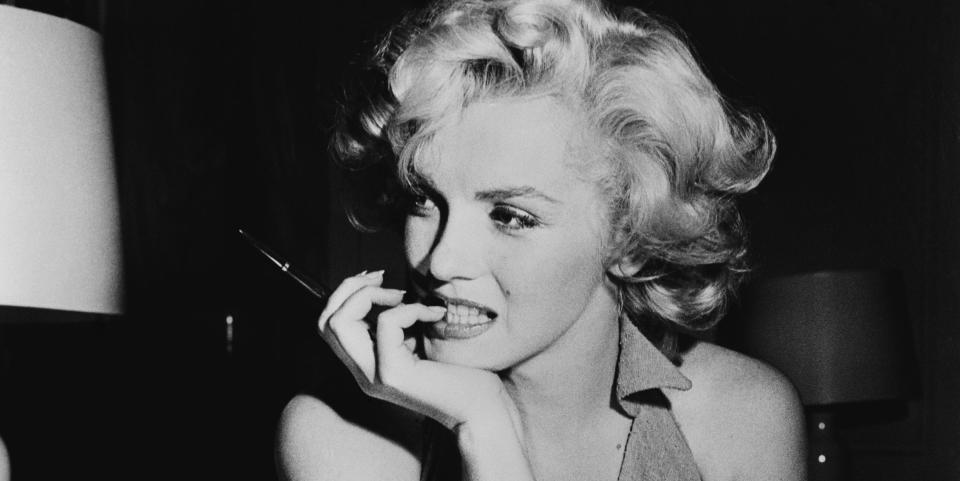
Marilyn Monroe. She was the ultimate blonde bombshell and, in many ways, even 60 years after her death, she still is. Hollywood's pin-up and its most enduring sex symbol remains a source of fascination and the subject of countless documentaries and films. This week, the latest, Blonde, based on the 2000 Pulitzer Prize-shortlisted novel by Joyce Carol Oates, is released, starring Ana de Armas.
So why is it, all these years later, that we are still unpicking this woman's life, still looking for new ways to understand her? It is perhaps because Monroe's story has become one of Hollywood's most engaging cautionary tales. Her premature, and arguably mysterious death, aged 36, established Monroe as a tragic figure; a symbol of the exploitative studio system and its ingrained misogyny. As our mores change, so our preoccupation with her evolves. Post #MeToo, we see her as yet another woman abused by powerful men. In a more outwardly and nuanced feminist landscape, we also see an actress trying desperately hard to be taken seriously, and not judged solely on her looks.
Andrew Dominik's Blonde – more twisted horror than strict biopic – takes Oates' novel and shines this retrospective lens on the life of Monroe. It's an impressive tour-de-force, taking in her life from abandoned young girl, to her very final moments. But what is the truth behind the tale?
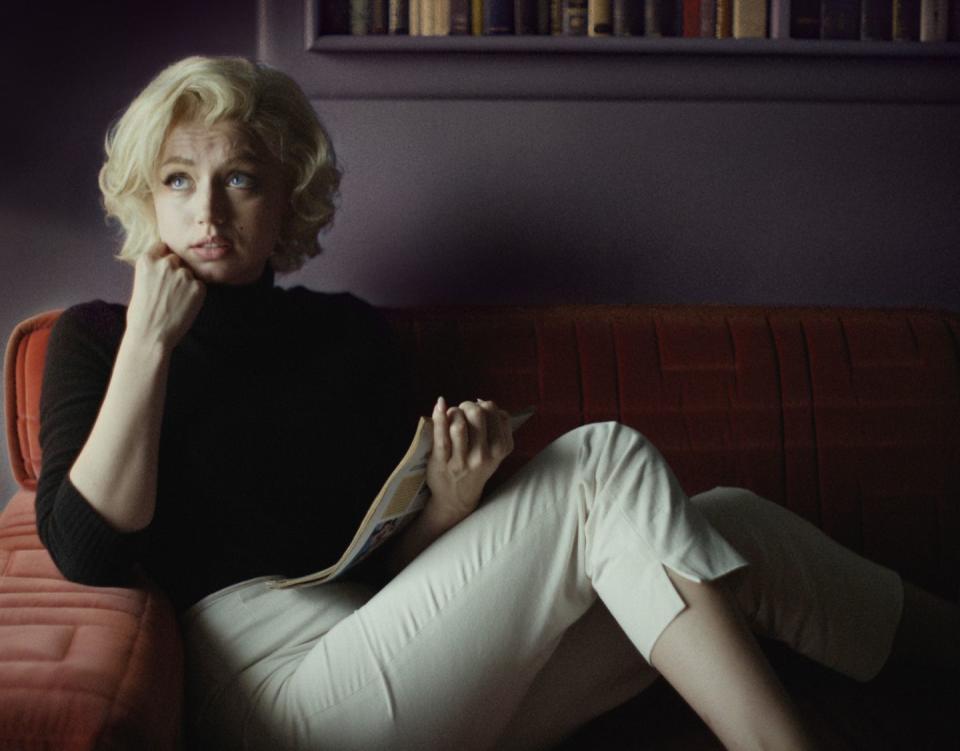
Early life
As Elton John's Candle in the Wind would famously make clear, Marilyn Monroe was born Norma Jean Baker, in 1926. She had a troubled upbringing, moving between orphanages and foster homes. Her mother, whose maiden name was Monroe, was mentally unwell for most of Marilyn's life.
Later interviews with the star and those who knew her, imply that she was sexually abused at at least two of her foster homes when she was a young girl. A need for security amid the flux and pain of her childhood may have led her to marry a neighbour's 21-year-old son, James Doughty, just after her 16th birthday. She dropped out of high school to become a housewife, but the marriage would only last a year.
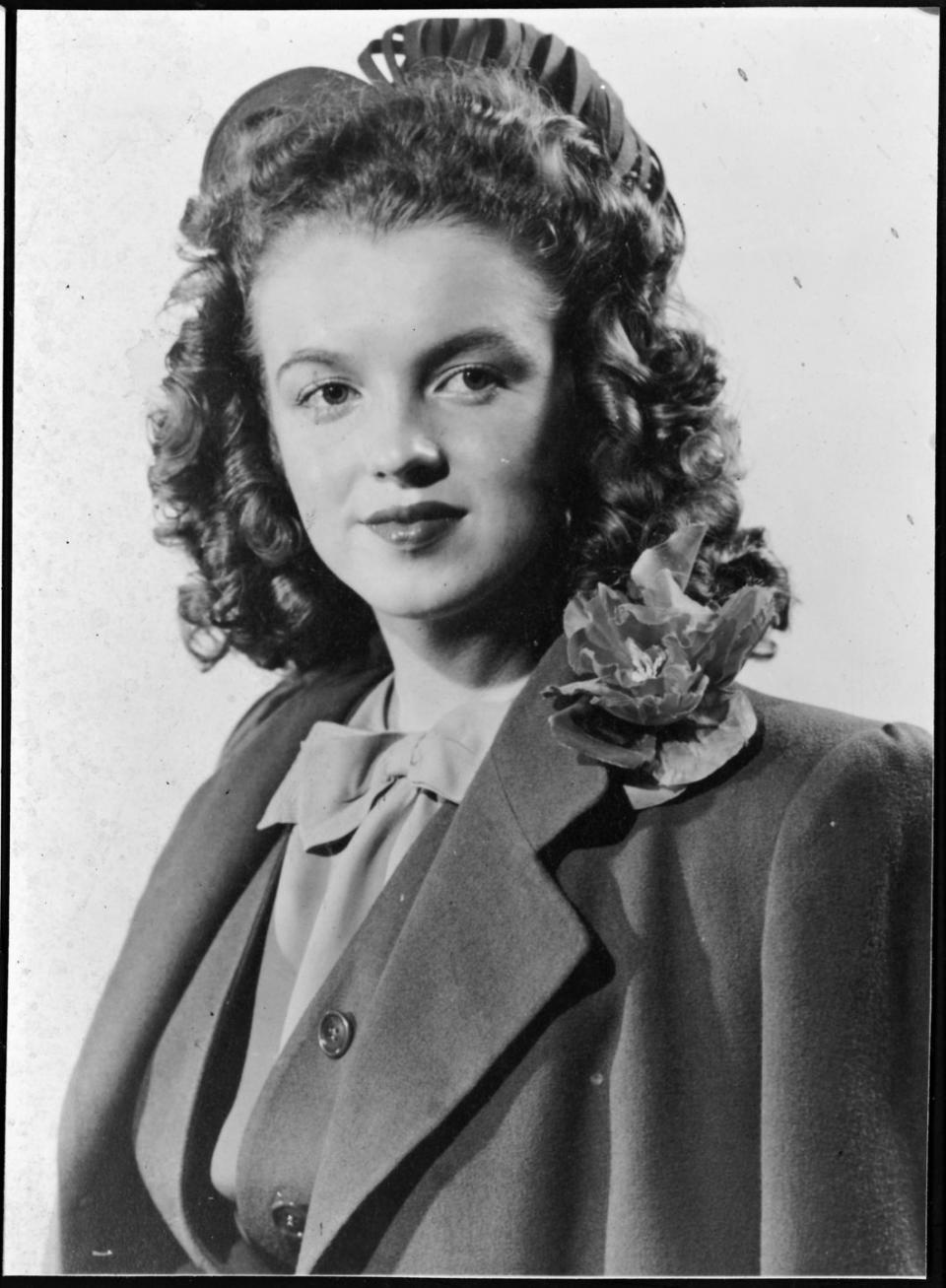
Breakthrough roles
Monroe signed a modelling contract in the 1940s and spent most of this decade working as a pin-up star, after straightening her hair and dyeing it blonde. She wanted to be an actress and she was signed by Fox studios, where she was given the stage name Marilyn Monroe – but she was dropped by 1947, after a few bit roles. In 1948, Columbia studios took up her contract, dyeing her hair platinum blonde and shaping her into the star we would recognise today.
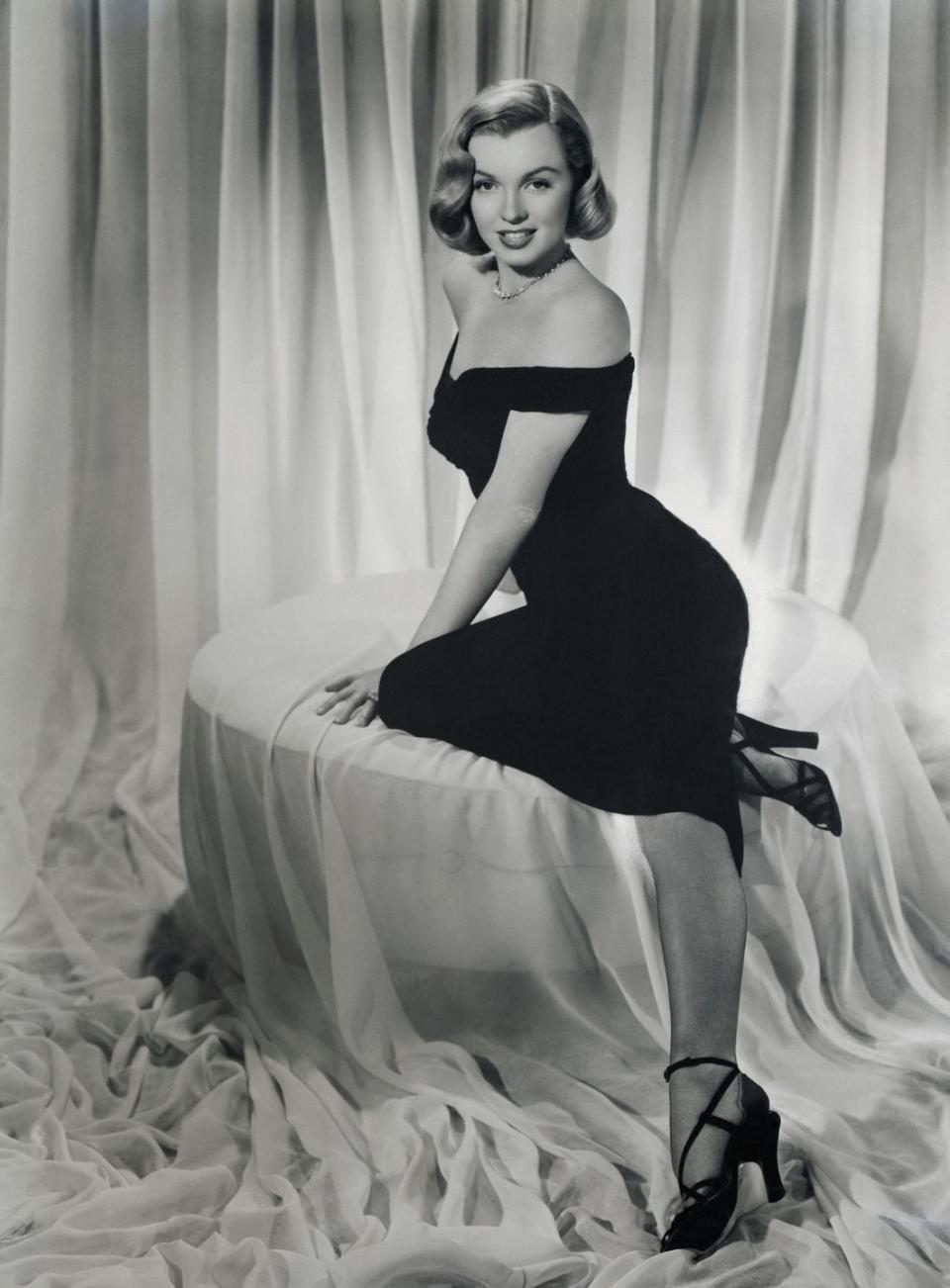
It was here that she made her first notable (but still small) appearances, in iconic films All About Eve and The Asphalt Jungle (both 1950). Just as she was beginning to climb the Hollywood ladder, she had what may be seen as the 1950s version of a sex tape scandal, when it was revealed that she posed for a nude calendar during her modelling days. In fact, much like the sex tapes of Kim Kardashian and Paris Hilton, the nude calendar scandal did not break her career: it made it.
The blonde bombshell
It may not have been what she wanted, but Monroe's sex appeal became her abiding currency during the 1950s – the decade in which she became one of the most famous, top-billed actresses in Hollywood. The nude calendar scandal became a jokey quip she riffed on. When a reporter, during the press for her first big film of the 1950s, Niagara, asked if it was true that she had nothing on during the shoot, she famously said: no, "I had the radio on."
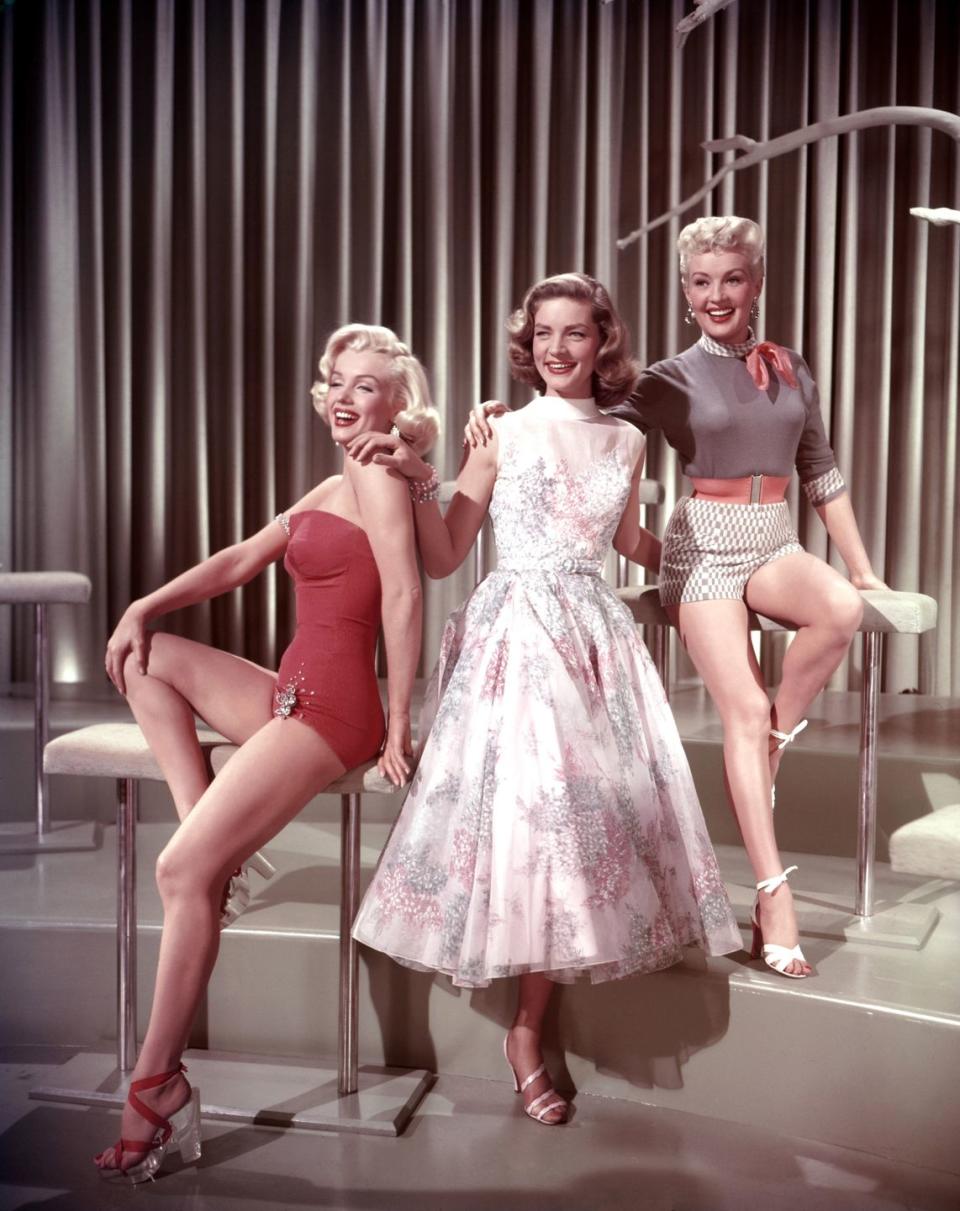
Her charm and humour helped to carve out a niche for her as the 'dumb blonde'. She played this part in some of her most famous films – Gentlemen Prefer Blondes (1953), How To Marry a Millionaire (1953) and The Seven Year Itch (1955) not to mention the most sweetly tragic of them all, the brilliantly titled Sugar Cane, in Billy Wilder's 1959 Some Like It Hot. She won a Golden Globe for the role.
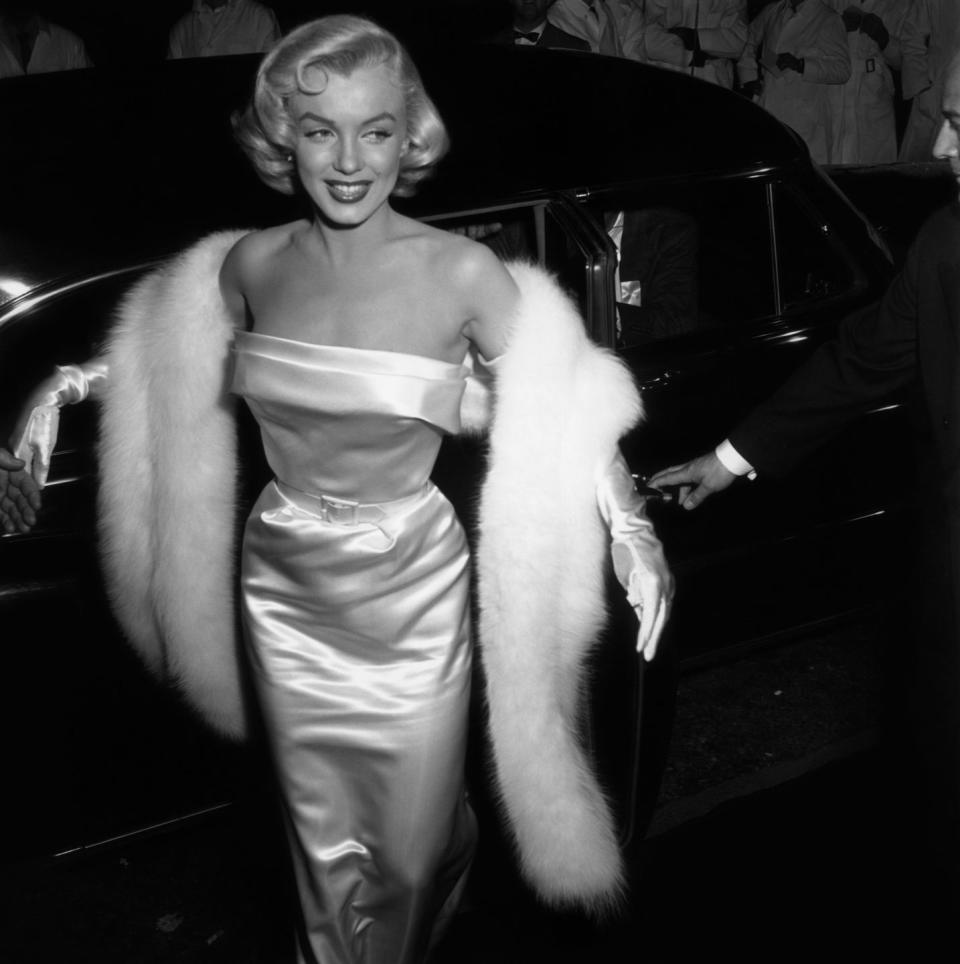
She was a superstar at the time, as known for her high-profile marriage to retired baseball giant Joe DiMaggio as she was for her sex appeal and blockbuster films. But she was increasingly unhappy. So much of what seemed outwardly successful at this time, belied a private misery. Her marriage to DiMaggio was troubled, and she was frustrated with the parts she was offered ("tired of the same old sex roles") which resulted in her suspension for refusing to work.
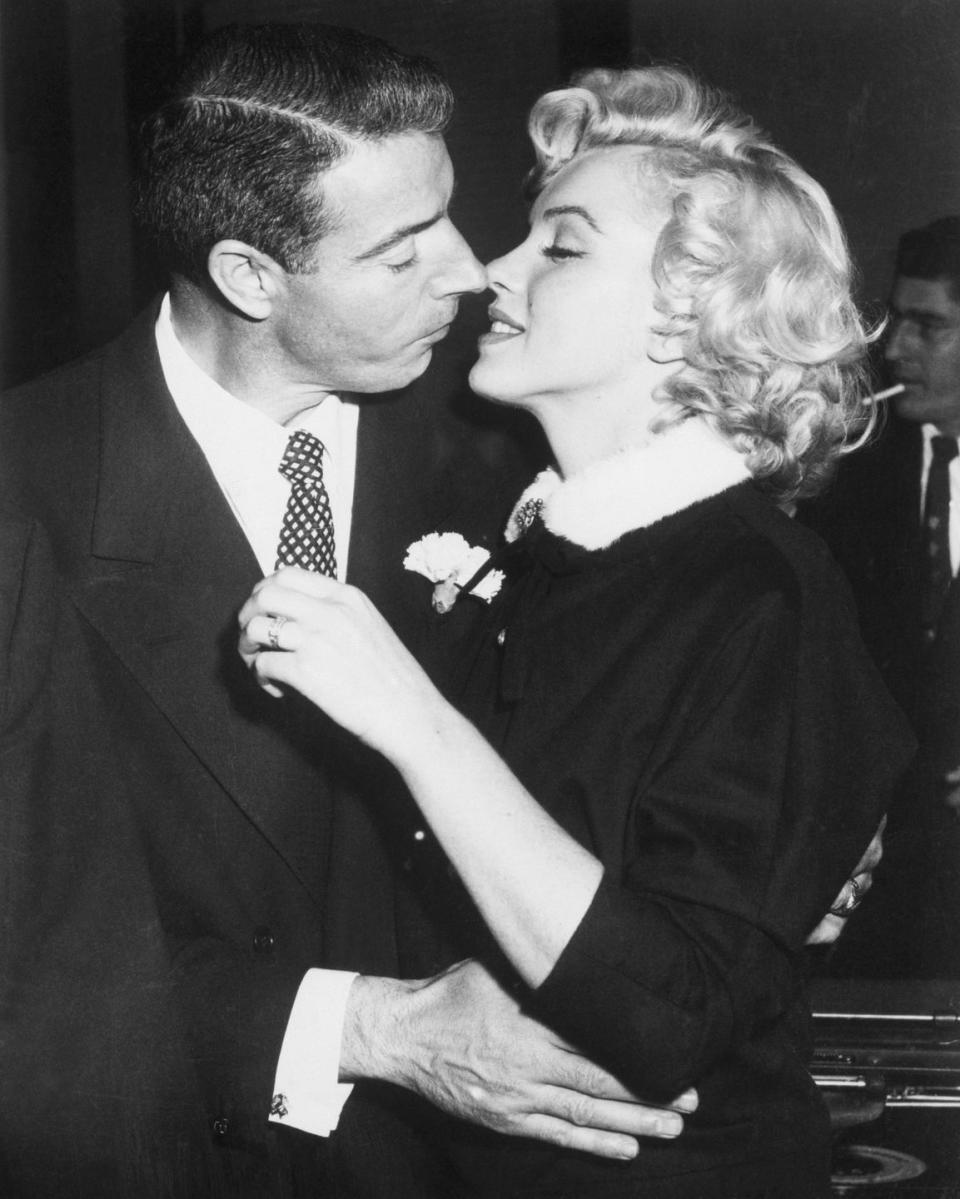
A serious actress
In 1954, after nine months of marriage, Monroe divorced DiMaggio. In 1955, with the photographer Milton Greene, she set up her own production company – an impressively modern move, and one for which she is rarely remembered. It allowed her to renegotiate a new contract with Fox, which gave her more control over the projects she chose.
During the late 1950s, she moved to Manhattan to study acting at the famous Lee Strasbourg Institute and married the legendary playwright Arthur Miller in 1956. She lobbied for more dramatic roles, famously impressing with one in 1956's Bus Stop, but was still plagued by demands for her to return to her bombshell form; as Laurence Olivier is alleged to have told her on the set of 1957's The Prince and the Showgirl: "All you have to do is be sexy."
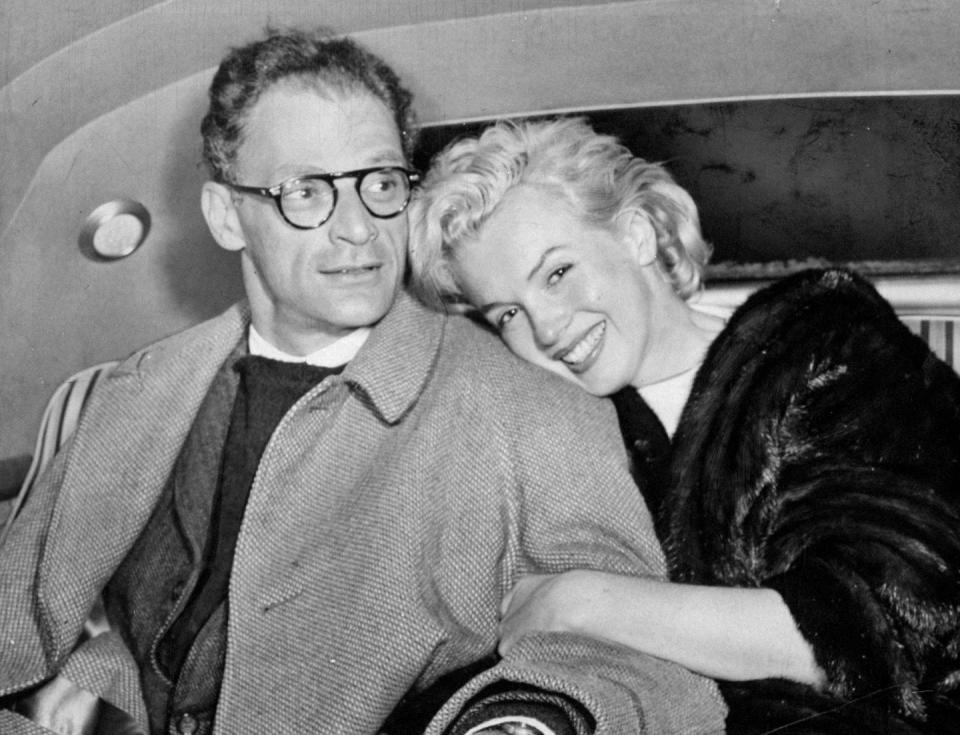
In the last years of the 1950s and early 1960s, as her marriage to Miller ended, Monroe's behaviour became increasingly erratic and she was plagued with ill health. She was famously fired from her last film – 1962's Something's Gotta Give – just months before her death.

A controversial death
Marilyn Monroe was found dead in the early hours of Sunday 5 May, 1962. She was 36 years old. It was declared a suicide at the time, as she died of barbiturates overdose, though many conspiracy theories surround it.
The chief among those rumours is that the causes of her death were somehow covered up by the Kennedy brothers (the then-US president John F. Kennedy, and his brother, US Attorney General Robert F. Kennedy) with whom she was allegedly having affairs. She famously sang 'Happy Birthday' to the president in a dress now enshrined in Ripley's Believe it or Not – and more recently worn by Kim Kardashian.
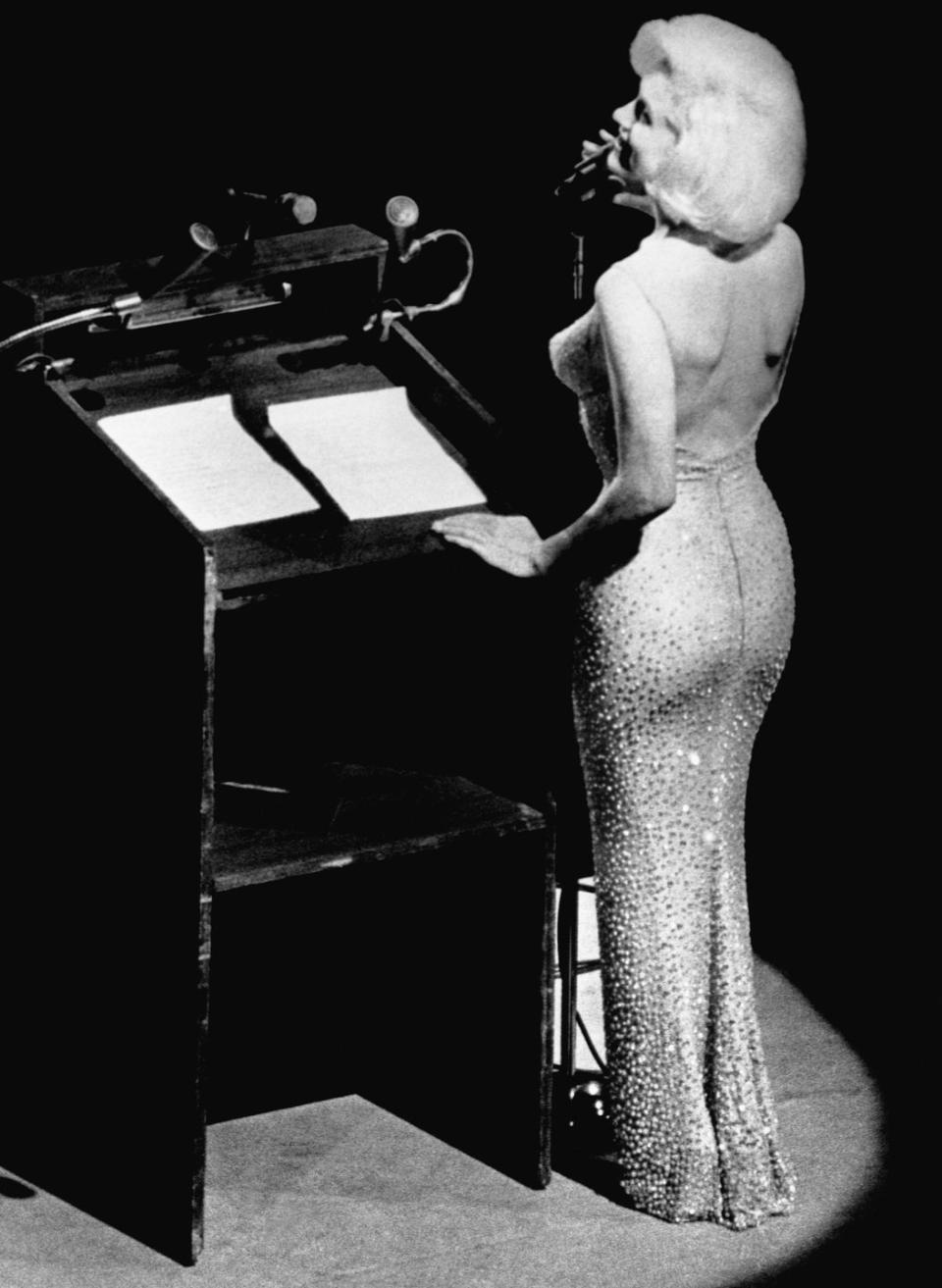
So prevalent were these theories that the investigation into her death was reopened in 1982, though no fresh conclusion was reached. Several writers, reporters and investigators have since tried to unpick the mysteries of her death, though the sad reality may indeed be that she did kill herself. Mystery or not, hers was a life cut incredibly short before any of us got to see what she may have really made of her career and unfulfilled ambitions. This may go some way to explaining why we are still, 60 years on, trying to understand Marilyn Monroe.
You Might Also Like

 Yahoo News
Yahoo News 